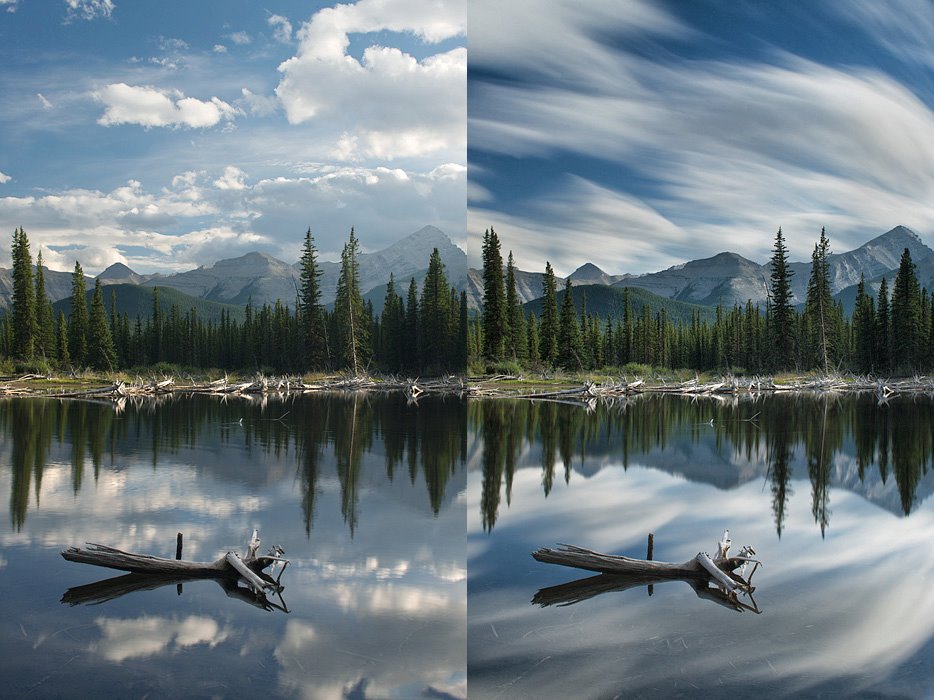As you can see here in this image. Left image has no filters on, right image is with ND filter. Filers do make huge impact on your photography outcomes. Effects that filters can produce, can not be done in editing. Specially filters like ND and CPLs. In this article, I will be discussing about three main filters that i use for my photography jobs.
Camera lens filters still have many uses in digital photography, and should be an important part of any photographer’s camera bag. These can include polarizing filters to reduce glare and improve saturation, or simple UV/haze filters to provide extra protection for the front of your lens. ND Filters for getting that extra control over exposure. This tutorial aims to familiarize one with these and other filter options, that cannot be reproduced using digital editing techniques.
Filters that you can find in my camera bag are, CPL ( Circular polarising ) , ND ( Neutral Density ) and UV ( Ultraviolet ) filters. These are most commonly used filters by me. So i will be discussing about them in this blog post today. If you are beginner and starting your photography career, than you should check my following article about those 10 important things you should consider.
CPL – CIRCULAR POLARISING FILTER
One of the few things that still separates professional photographers from your average Joes is the use of filters to enhance images. It’s not that only professionals can get filters — its more that professionals, in general, know how to use them, while average consumers don’t. One of those filters is the Circular Polarizer, also known as the CPL. It is one filter that still has a clear use in the digital age, and has a very noticeable effect on an image created with it.
Removing Reflections
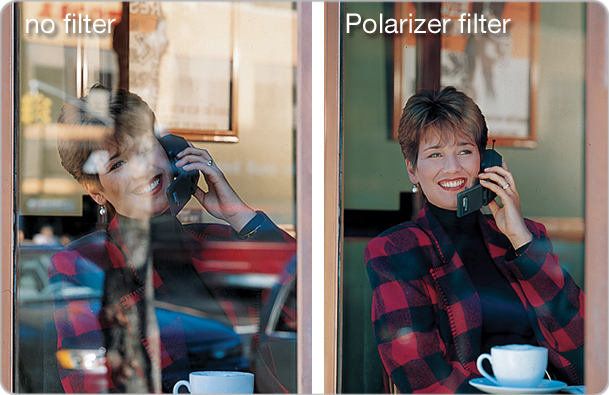
One of the first things people notice when starting out in photography, is how difficult it can be to take photos from the inside of a window. A polarized filter has the ability to reduce all those unwanted light streaks, that blur the subject of your shot. It can also do the same for light reflected on water surfaces.
Blue skies
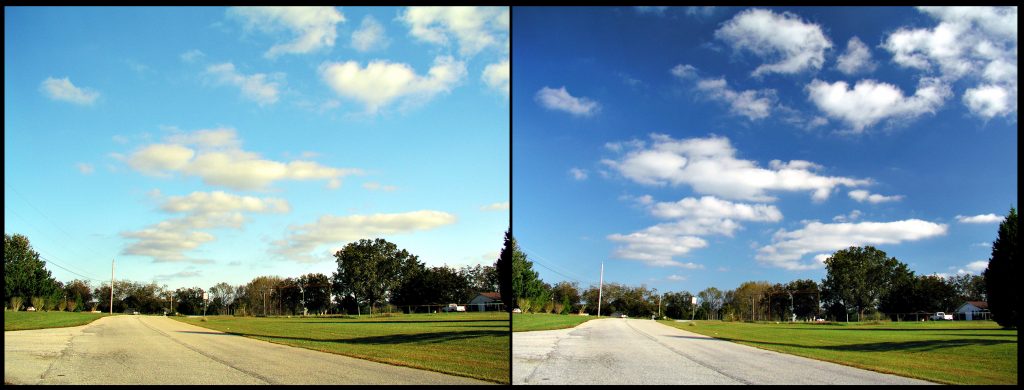
Nothing helps give your landscape shot a more forboding sense of tension than a darker, more menacing-looking sky. The same could be said of shots inside where you’re aiming to create a sinister atmosphere. A good CPL filter will enable you to do just this without making the scenario look unnatural.
ND – NEUTRAL DENSITY FILTER
The purpose of a standard photographic neutral-density filter is to reduce the amount of light entering the lens. Doing so allows the photographer to select combinations of aperture, exposure time and sensor sensitivity that would otherwise produce overexposed pictures. This is done to achieve effects such as a shallower depth of field or motion blur of a subject in a wider range of situations and atmospheric conditions.
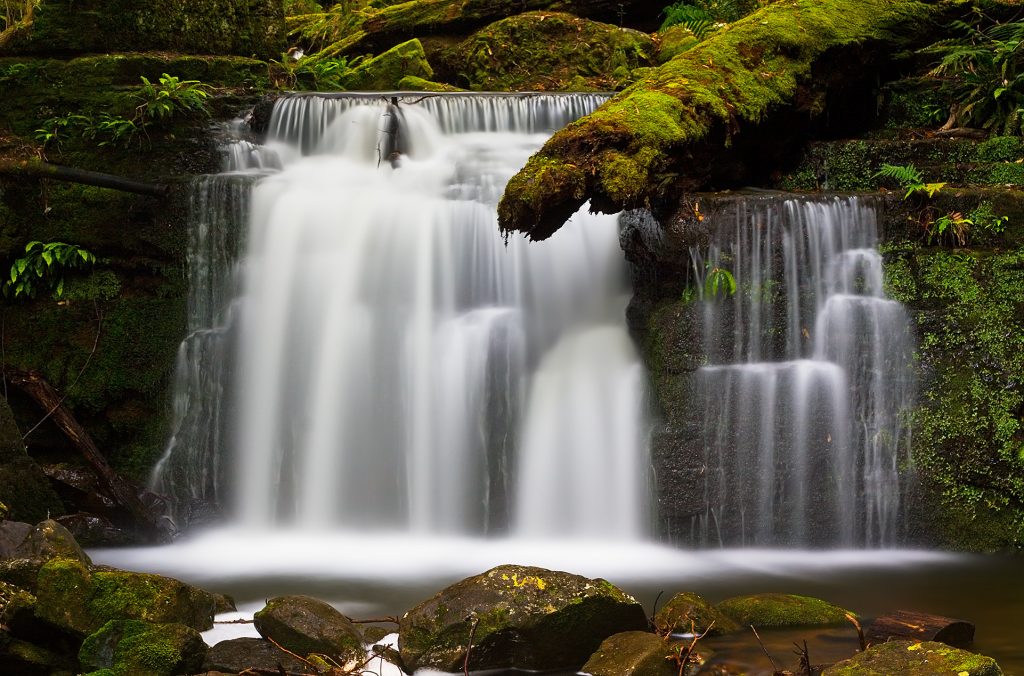
For example as above, one might wish to photograph a waterfall at a slow shutter speed to create a deliberate motion-blur effect. The photographer might determine that to obtain the desired effect, a shutter speed of ten seconds was needed. On a very bright day, there might be so much light that even at minimal film speed and a minimal aperture, the ten-second shutter speed would let in too much light, and the photo would be overexposed. In this situation, applying an appropriate neutral-density filter is the equivalent of stopping down one or more additional stops, allowing the slower shutter speed and the desired motion-blur effect.
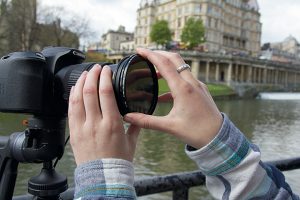
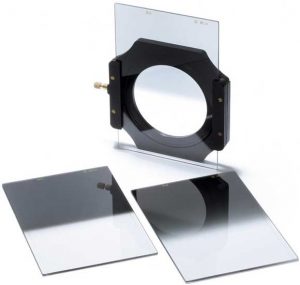
Specialist neutral-density filters
The two most common are the variable ND filters and the extreme ND filters.
Variable neutral-density filter
The main disadvantage of neutral-density filters is that to be entirely flexible in your shooting you need to carry a range of different NDs. This can become an expensive proposition, especially if using screw filters with different lens filter sizes, which would require carrying a set for each diameter of lens carried (although inexpensive step-up rings can eliminate this requirement). To counter this problem, some manufacturers have created variable ND filters. These work by placing two polarizing filters together, at least one of which can rotate. The rear polarizing filter cuts out light in one plane. As the front element is rotated, it cuts out an increasing amount of the remaining light, the closer the front filters comes to being perpendicular to the rear filter. By using this technique, the amount of light reaching the sensor can be varied with almost infinite control.
The advantages to this are that you get multiple ND filters in one package, the disadvantage is a loss of image quality caused by both using two elements together and by combining two polarizing filters.
Extreme ND filters
To create ethereal looking landscapes and seascapes with extremely blurred water or other motion, the use of multiple stacked ND filters might be required. This had, as in the case of variable NDs, the effect of reducing image quality. To counter this, some manufacturers have produced high-quality extreme ND filters. Typically these are rated at a 10-stop reduction, allowing very slow shutter speeds even in relatively bright conditions.
UV – ULTRAVIOLET FILTER
Many photographers leave UV filters on their lenses more-or-less permanently. Many others do not. Who is right? Should you buy UV filters (or clear protective filters) for all your lenses? I assume that the UV filter being used is of similar optical quality to the lens elements themselves. This is generally true for the best multi-coated filters from good manufacturers, but may not be true for the cheaper filters. The filter blocks UV light and removes the blue cast from images taken in very bright sunny conditions.
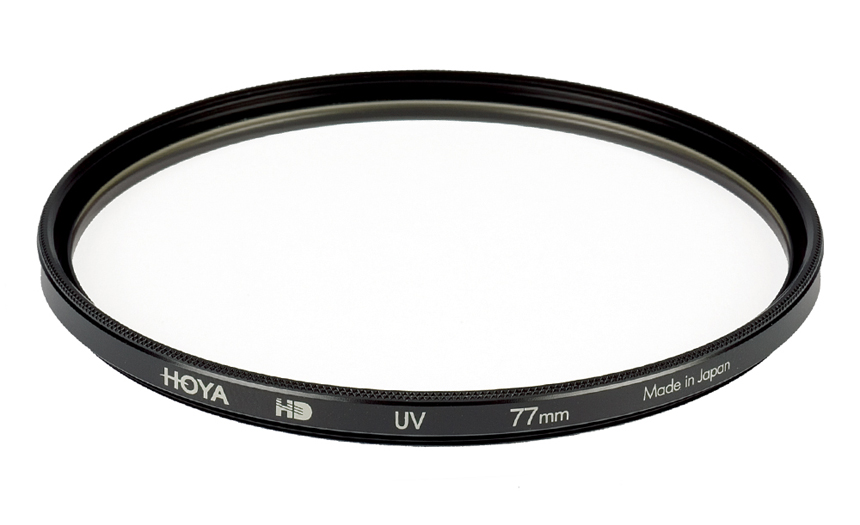
When shooting film, color is physically split into red, blue and green layers. However, the blue layer is particularly susceptible to ultraviolet light. In scenarios with excessive UV light — for example, a sunny day on the blue ocean, or at higher altitudes, where the atmosphere is thinner — a blue-tinted haze can result.
Modern film, however, is designed in such a way, that the effects of UV light are almost imperceptible. And digital cameras have blocks, and filters of their own to stop everything, from Infrared to UV light from interfering with your pictures. With that in mind, a UV filter doesn’t make a whole lot of sense — at least, not for the purpose it was originally conceived
But people continue to use them — precisely *because* they don’t do anything. Because a UV filter’s glass is clear, it’s suitable for protecting a lens without adversely affecting image quality. But if you’re really concerned about protection, and unsure of whether a UV filter is for you, a good alternative is a lens hood. These are the big plastic extensions, used on lenses to prevent flaring from the sun or bright lights.
We realize this isn’t a conclusive piece, and the topic of UV filters will likely be debated for years to come. The choice, simply put, is up to you. Just remember — you can always take it off.
